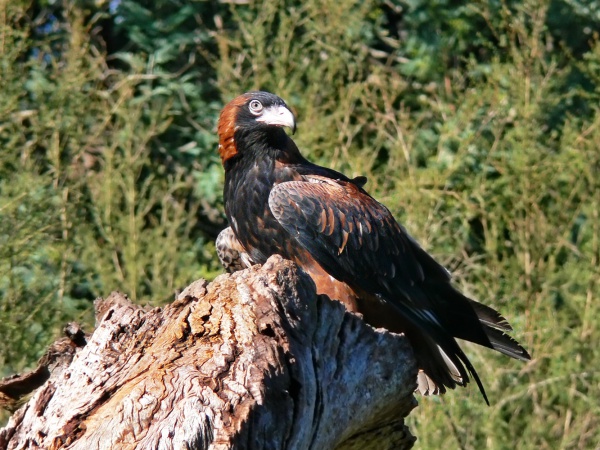Facts About Black-breasted buzzard
The black-breasted buzzard is a large and impressive bird of prey native to mainland Australia. First described by John Gould in 1841, it belongs to the Accipitridae family. One of its remarkable features is its unique ability to crack open eggs, making it a fascinating species to observe.
In terms of size, the black-breasted buzzard is intermediate between the larger wedge-tailed eagle and the smaller little eagle. Its appearance is distinctive, characterized by black feathers, white patches on its wings, and a splash of red on its back. These birds are predominantly found across northern and inland Australia, particularly in regions where rainfall is scarce. They prefer a mix of wooded and open landscapes.
Regarding hunting, these buzzards have a varied diet. They prey on reptiles, small mammals, birds, and even raid nests for eggs. They are especially renowned for using stones to break open large eggs laid by ground-nesting birds—a clever technique that distinguishes them in the bird world.
These birds are monogamous, maintaining one partner for life. They build their nests in tall trees, with both parents contributing to the process. Their breeding season runs from August to October, usually resulting in two eggs, although typically only one chick survives to the fledgling stage.
While the black-breasted buzzard is listed as "Least Concern" on the IUCN Red List, it is considered "Vulnerable" in New South Wales and "Rare" in South Australia. Their numbers are dwindling due to habitat destruction, overgrazing, changes in fire patterns, new predators, and climate change. They also face threats from toxins and direct human persecution.
Conservation efforts are crucial for these birds. Protecting their habitats and restoring lost areas are essential measures for ensuring their survival and maintaining the biodiversity of Australia's arid and semi-arid regions.
